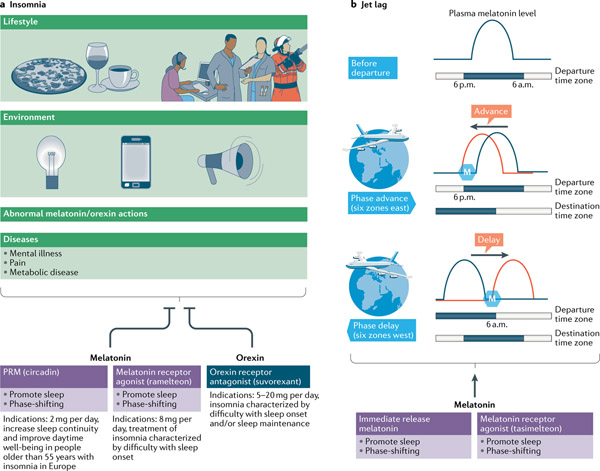Fig. 4 |. Pharmacological interventions for insomnia and jet lag.
a | Changes in lifestyle, the environment and health conditions and abnormal action of orexin or/and melatonin could all trigger insomnia150. According to its sleep-promoting effect, melatonin and its agonists have therapeutic potential to treat insomnia. Circadin, a commercially available prolonged-release form of melatonin (PRM) has been licensed on the basis of improved nightly sleep quality for treating insomnia disorder in adults older than 55 years in Europe152,153. Circadin has a similar affinity for melatonin receptors. Conversely, ramelteon is a melatonin receptor agonist and its affinity for melatonin receptor 1 (MT1 receptor) is eight times higher than that for melatonin receptor 2 (MT2 receptor), thus exerting a stronger inhibition of the neuronal firing in the suprachiasmatic nucleus to facilitate bedtime sleep onset38,153. Finally, suvorexant, which is a dual orexin receptor antagonist, attenuates orexin receptor 2 (OX2R)-mediated cortical arousal and enhances sleep maintenance and onset associated with orexin receptor 1 (OX1R), respectively158. b | Melatonin and its receptor agonists can be used in the treatment of jet lag disorder. The key to treating jet lag is the phase response of melatonin. Therefore, tasimelteon, a melatonin agonist with higher affinity for the phase-shifting MT2 receptor, has been shown to result not only in a significant shift in endogenous circadian rhythms but also an improvement in sleep initiation and maintenance166. The timing of melatonin administration is of the essence. Melatonin can phase-advance the physiological and behavioural circadian rhythm when administered in the late biological afternoon. Conversely, when administered in the early biological morning, melatonin delays the circadian clock41,168,170,171. Circadian status can be approximately predicted by habitual sleep timing in the adapted departure time zone, and the plasma melatonin level (blue curve) can be used to define circadian phase for the timing of melatonin administration. The adaptation to the destination time zone before transmeridian travel could be achieved as follows172: for eastward travel across six time zones, administration of melatonin (blue hexagon) in the afternoon at departure can advance circadian phase (left-shifted plasma melatonin level, red curve); for westward travel across six time zones, administration of melatonin (blue hexagon) in the early morning can delay circadian phase (right-shifted plasma melatonin level, red curve).

